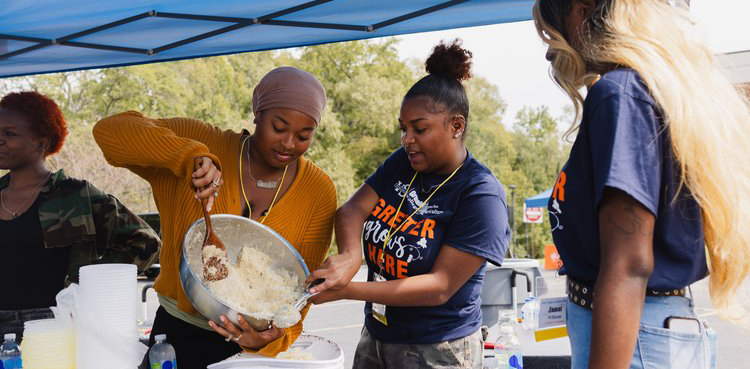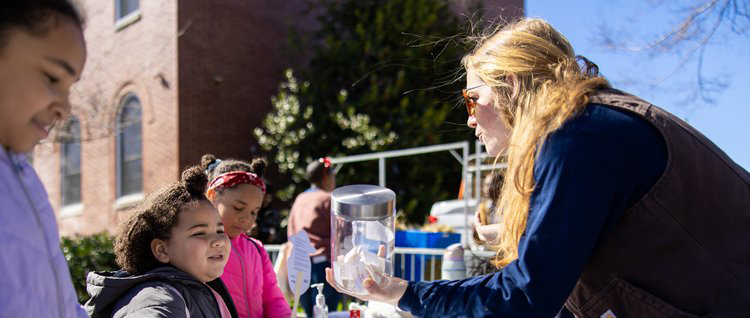
Virginia Cooperative Extension’s Case Study
CLIENT: Virginia Cooperative Extension – Virginia State University
SERVICE: English to Spanish Translation and Design
FORMAT: 7 PDF files
SUBJECT MATTER: Vaccination Promotion and Public Health Education
THE CUSTOMER:
Virginia Cooperative Extension offers a comprehensive suite of resources, programs, and services that are research-based, accessible, and provide actionable information designed to support the success and resilience of individuals and communities throughout the Commonwealth of Virginia and beyond. It brings the knowledge and resources of Virginia’s land-grant universities—Virginia Tech and Virginia State University—directly to the people of the state, helping them improve their lives through science-backed solutions.

OUR CHALLENGE:
This project involved the translation and design of seven English-language PDFs into Spanish, with a focus on promoting vaccination and educating communities about public health. These materials, intended to train community ambassadors on the importance of vaccines such as those for COVID-19 and RSV, also provided information about the immune system, with the broader goal of improving health equity across diverse communities.
With approximately 25,000 words and 20 hours of design work, the project initially appeared to fall well within the typical scope of our services.
Following our standard methodology, we established a schedule with staggered delivery of translations and design drafts, enabling detailed monitoring and a consistent flow of feedback with the client.
Everything was proceeding smoothly—until the final review phase, when one of our in-house linguists flagged a serious issue: the original text incorrectly stated that HPV is transmitted through saliva and blood. This was not a minor oversight—it was a completely inaccurate statement that, if published, would have contributed to misinformation on an extremely sensitive health topic.
What was most surprising? The error was not in our translation. It was present in the source material.

SOLUTION:
Upon identifying the issue, our first step was to notify the client of the error in the original content and request approval to correct it in both the English file and its Spanish translation.
Their response was swift and appreciative: not only did they authorize the correction, but they also expressed their gratitude for our willingness to go beyond the expected scope of work. Indeed, identifying technical inaccuracies in the original content is not typically part of a translation service—but for us, ignoring such a critical error was simply not an option.
Thanks to our quality control process, we were able not only to prevent the spread of false information but also to add meaningful value to the project by collaborating with the client to correct the source content.
This case is yet another testament to the fact that our work goes far beyond translation. What we offer is a comprehensive experience, where each text undergoes a human-driven review process that does more than compare languages—it critically evaluates the content as a whole: Is it coherent? Is it logical? Is it aligned with its intended purpose? Is it safe for its target audience?
Every project we undertake is approached with commitment, meticulous attention to detail, and a critical mindset aimed at elevating quality. Because when it comes to communication—especially in matters of public health—there is no room for error.




